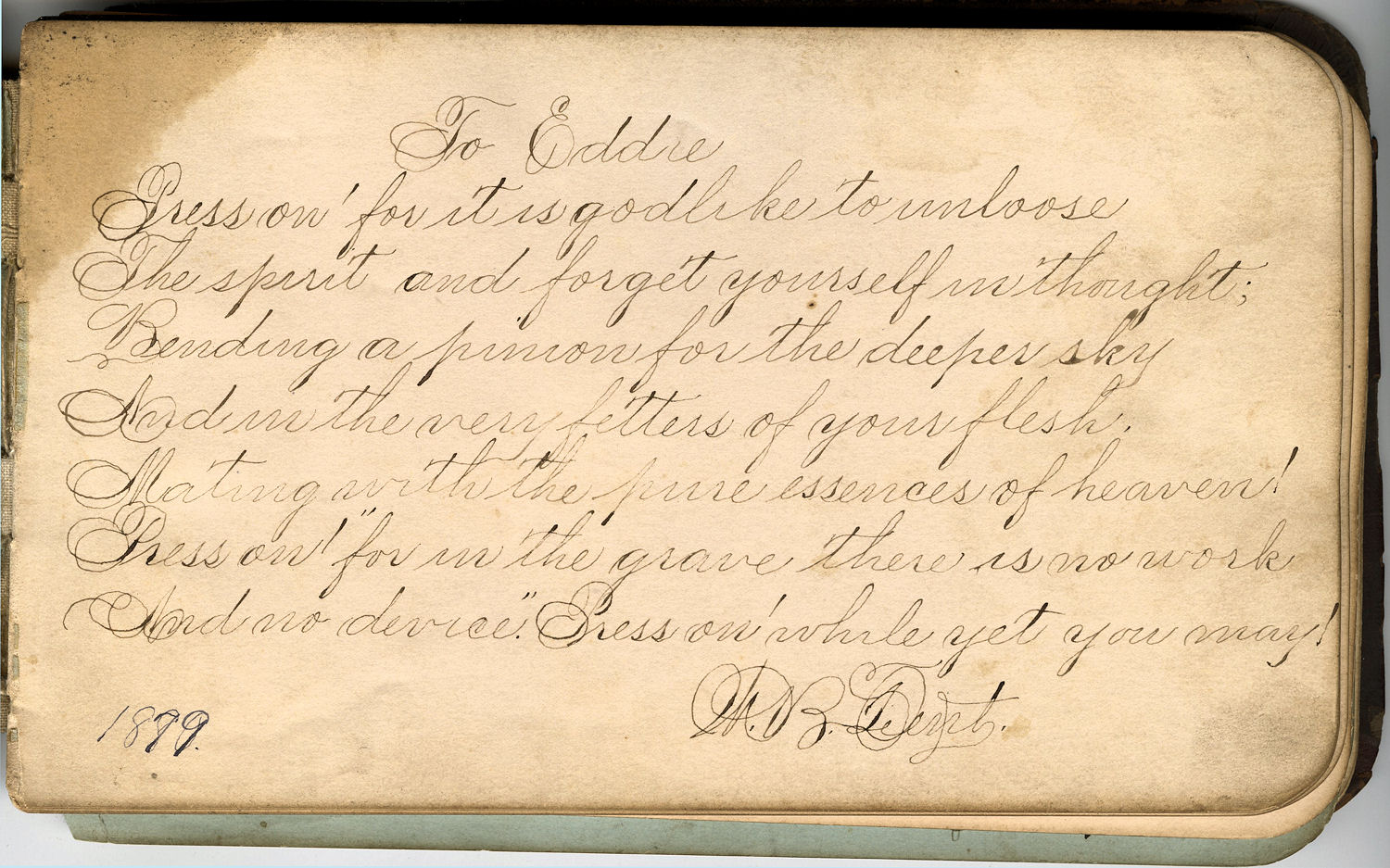

That word ultimately goes back to Proto-Indo-European *h₂enǵʰ-, also meaning 'narrow'.

Proto-Germanic *anguz also had the meaning of 'narrow', referring to the shallow waters near the coast. It has been hypothesised that the Angles acquired their name because their land on the coast of Jutland (now mainland Denmark and Schleswig-Holstein) resembled a fishhook. During the 9th century, all invading Germanic tribes were referred to as Englisċ. In Old English, this word was derived from Angles (one of the Germanic tribes who conquered parts of Great Britain in the 5th century). The oldest Old English inscriptions were written using a runic system, but from about the 8th century this was replaced by a version of the Latin alphabet.Įnglisċ, from which the word English is derived, means 'pertaining to the Angles'. Within Old English grammar nouns, adjectives, pronouns and verbs have many inflectional endings and forms, and word order is much freer. Like other old Germanic languages, it is very different from Modern English and Modern Scots, and largely incomprehensible for Modern English or Modern Scots speakers without study. Old English is one of the West Germanic languages, and its closest relatives are Old Frisian and Old Saxon. The speech of eastern and northern parts of England was subject to strong Old Norse influence due to Scandinavian rule and settlement beginning in the 9th century. It was West Saxon that formed the basis for the literary standard of the later Old English period, although the dominant forms of Middle and Modern English would develop mainly from Mercian, and Scots from Northumbrian. Old English had four main dialects, associated with particular Anglo-Saxon kingdoms: Mercian, Northumbrian, Kentish and West Saxon. As the Germanic settlers became dominant in England, their language replaced the languages of Roman Britain: Common Brittonic, a Celtic language and Latin, brought to Britain by Roman invasion. Old English developed from a set of Anglo-Frisian or Ingvaeonic dialects originally spoken by Germanic tribes traditionally known as the Angles, Saxons and Jutes. This is regarded as marking the end of the Old English era, since during this period the English language was heavily influenced by Anglo-Norman, developing into a phase known now as Middle English in England and Early Scots in Scotland. After the Norman conquest of 1066, English was replaced, for a time, by Anglo-Norman (a relative of French) as the language of the upper classes. It was brought to Great Britain by Anglo-Saxon settlers in the mid-5th century, and the first Old English literary works date from the mid-7th century. They are ong S (ſ), Eth (Ð and ð), Thorn (þ), Wynn (ƿ) and Ash (ᚫ later Æ and æ).Old English ( Englisċ, pronounced ), or Anglo-Saxon, is the earliest recorded form of the English language, spoken in England and southern and eastern Scotland in the early Middle Ages. There are some letters that we can't find nowadays. The Old English alphabet was documented in 1011. The last two letters were improved from the runic alphabet. Two letters were the modified version of Latin letter. There are 20 letters that are from Latin alphabet.

Like the name, Latin alphabet, most of the letters were brought from the Latin alphabet. These letters were commonly used in the 8th to 12th centuries. In this period of time, the letters that were used called Old English Latin alphabet. Until the late Old English and Middle English era, letters K, Q, and Z are rarely used. Even the Roman alphabet and nowadays' alphabet are typically the same, however there are two additional letters that are used now, which are "J" and "V". Those letters that are no longer used are named letters "thorn", "eth", "ash", and "wynn". However, there are several letters that are commonly used in Old English only. Basically, the Roman alphabet in the Old English alphabet has the same system, even the letters. However, the Runes one was used in limited occasions. Anglo-Saxon used two different writing systems: Runes and Roman alphabet. However, there is a story behind this kind of letter.
OLD ENGLISH LETTERS DOWNLOAD
We also download Old English alphabet A to Z as an additional font. We commonly see a kind of font named Old English alphabet. What 4 letters did Old English have that we no longer use?


 0 kommentar(er)
0 kommentar(er)
